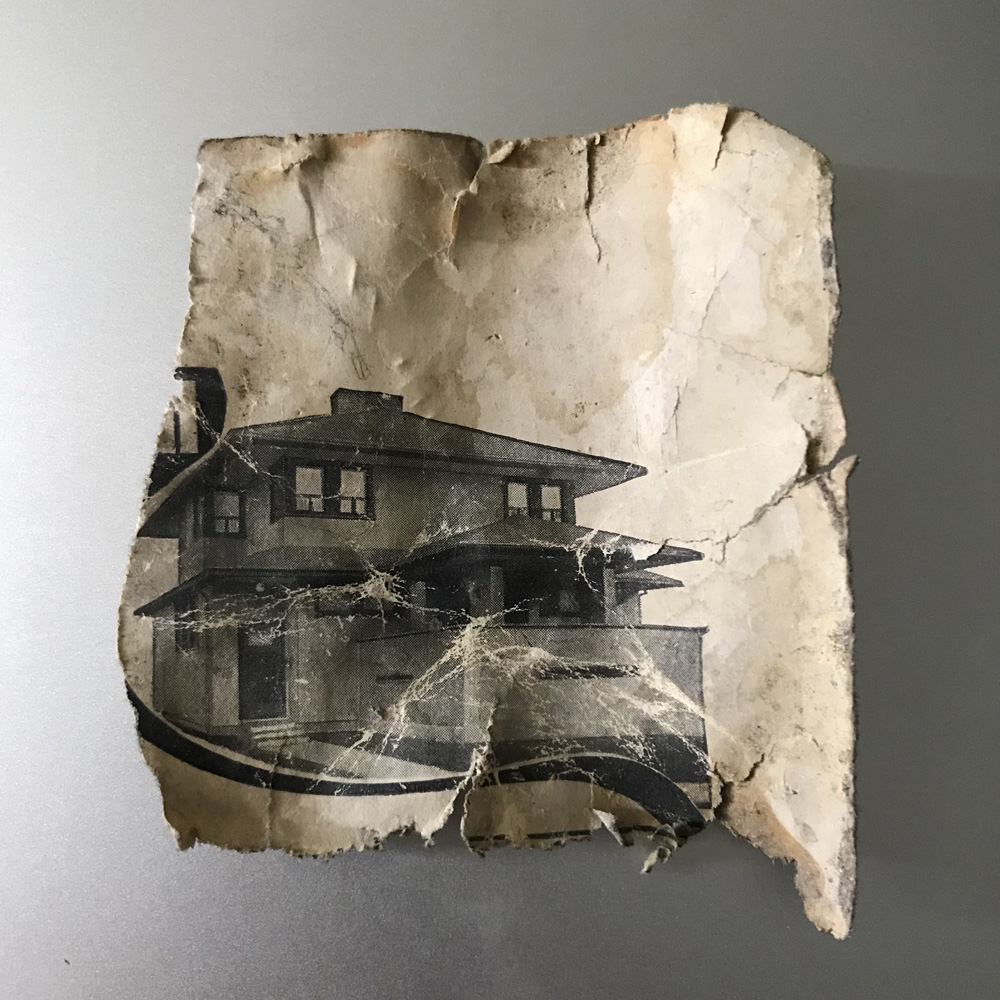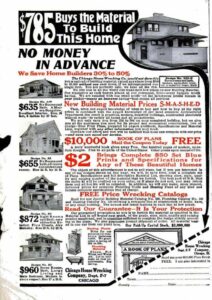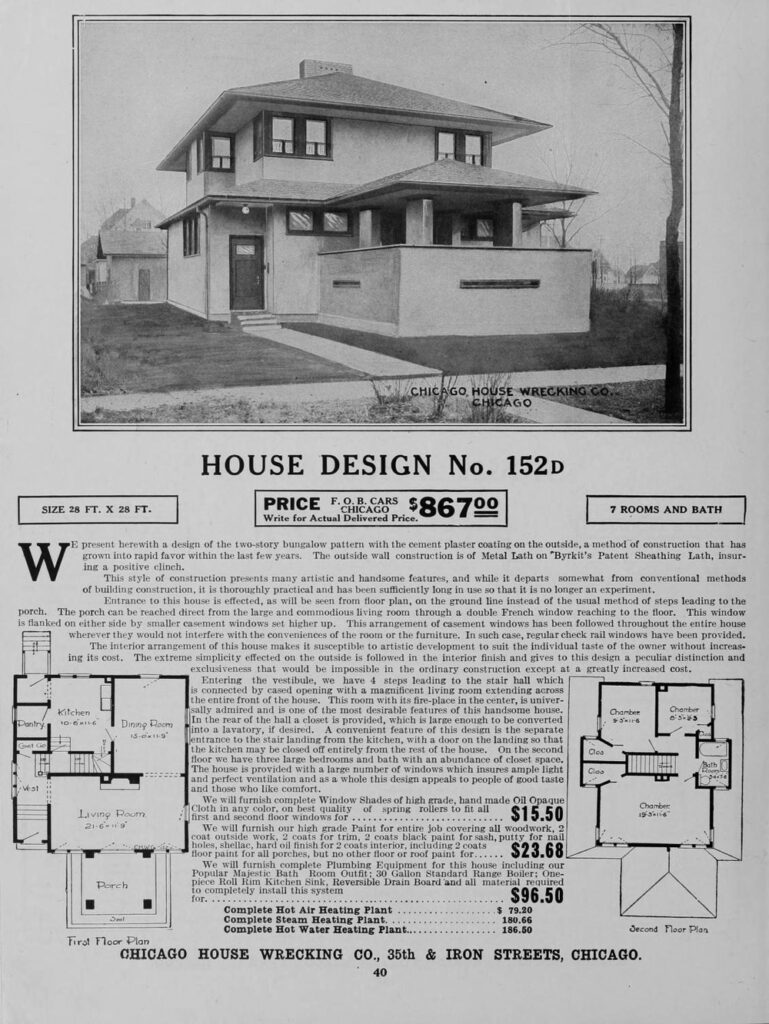
I recently dismantled our chimney as part of our basement renovation. Opening walls and floors hasn’t surfaced any Goonies treasure maps or confederate dollars–to date the most memorable items have been a site-made marking gauge, eye-searing linoleum, depression era-newspapers, and a hundred-year-old apple core–but this most recent demolition did turn up a fragment of an old Popular Mechanics cover. I probably wouldn’t have paid it any attention, but the inside of the cover featured a photo of a two-story Prairie-style home which piqued my curiosity. The cover provided a month, but no year. Based on the style of house, I thought I’d have at most a couple of decades of Popular Mechanics to check. I like Google Books, the Hathitrust digital library, and Internet Archive for this kind of archival research. As someone who spent a lot of time as an undergraduate and grad student in library stacks, there’s a luxury to being able to sift through old volumes from the comfort of my couch.
Google Books had a lot of the back issues of Popular Mechanics, so I started skimming volumes at 1910, proceeding through 1920 (sans 1913). I quickly learned a few items of note: marine warfare seemed to make the cover a lot, you could send away for a free birdhouse bungalow plans book courtesy of the Southern Cypress Manufacturer’s Association, “Chicago House Wrecking Co.” is an unfortunate name for a company selling kit homes, and early Popular Mechanics featured a ton of ads–but I did not find the cover I was looking for. It did seem likely that the ad on the inside cover was for a Harris Brothers (second incarnation of the Chicago Wreckers) kit house, but I wanted to verify the year of my mysterious magazine fragment. A specific search for the 1913 March volume not on Google Books turned up a digital copy at the Internet Archive. Mystery solved: the Prairie Style house in the ad was Harris Brothers Plan 152-D.

For $867 dollars, you could by all the materials for a ~1600 sq. ft. 3 bedroom, 1 bath house (shipping not included. Land extra). The US Inflation calculator shows that $867 is equivalent to $22690 in 2020 dollars. With the front entrance far to the left at ground level (you step up into a vestibule) and prominent walled porch, it’s an interesting design, but walled porch might make it feel prison like, indeed, various examples of the house often enclose the porch entirely as a room. I think I might prefer design No. 53 featured at the bottom left of the same ad.

More Information
Before finding that scrap of cover, I’d never heard of the Harris Brothers. While they were lesser-known than Sears as a maker of Kit Homes, you can find out more about the company in general and the 152D in particular online:
- In its various incarnations, the company published volumes of house plans. A 1913 collection is available at Archive.org.
- The company also published testimonials of satisfied customers. C. L. Ketcham built the 152D in Kansas, and declared it “a dandy.” Rachel Shoemaker has posted a contemporary photo of the Ketcham house on Flickr.
- Sears Homes of Chicagoland has a page on the 152D, with photos of built versions in the region, including some interior shots from a real estate listing.
- View a 152D in St. Charles, IL on Google Maps.
